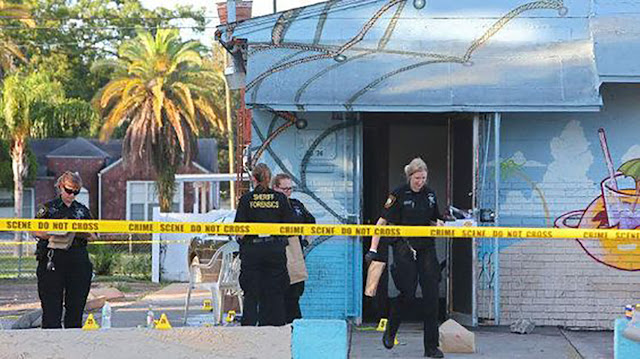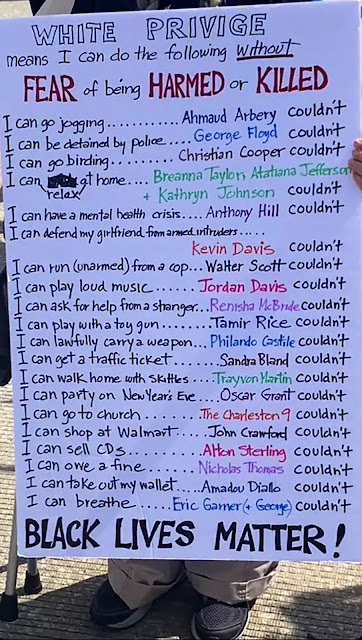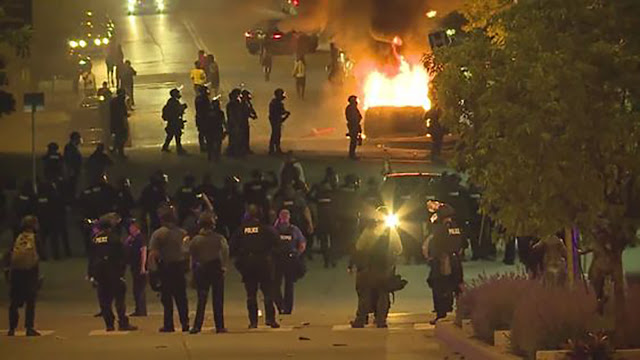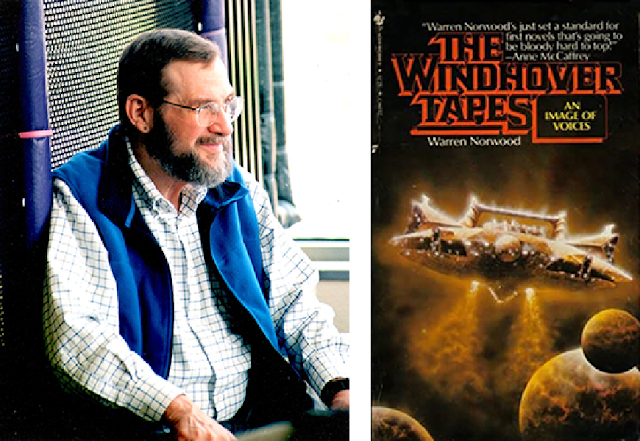But they haven't changed my plans for the series.
I set my story on a space-based megastructure built on designs actual rocket scientists thought might work. My canine-cognition, robotics, and other research led me to other extrapolations. I hoped I'd figured it out so my readers could suspend their disbelief, and enjoy the story.
 |
| At the time this post went live, these were the "XK9 books" available. Cover art for The Other Side of Fear is © 2020 by Lucy A. Synk; Cover art for What's Bred in the Bone is © 2019 by Jody A. Lee. |
Balancing reality and fiction
One of the joys of speculative fiction is that you get to make up your own world. That makes it possible to explore all sorts of thought experiments. How would this or that work out, if this or that other thing happened? The challenge that comes with the joy is making your world believable.
I wanted to combine my love of science fiction, dogs, and mystery stories into a science fiction series.
But I couldn't assert spontaneously sapient, talking dogs (sure, that's believable . . . or is it?). No, they'd need to be engineered and equipped. Most people probably wouldn't do that for a pet. Contemporary smart dogs are already sometimes too smart for their own good. Plus it would be expensive, and take a long time.
My fictional dogs needed a job that required the development. I already knew I wanted to write a mystery in this futuristic setting, so K9s--police dogs--were a natural choice.
 |
| They aren’t using computers yet, but dogs are smarter than we think. (GSCSafety/Donna Clayton/Pinterest) |
I set my story on a space-based megastructure built on designs actual rocket scientists thought might work. My canine-cognition, robotics, and other research led me to other extrapolations. I hoped I'd figured it out so my readers could suspend their disbelief, and enjoy the story.
Reality and fiction in policing for Rana Station
But how to portray the police? I knew from the start that TV and movies were no guide. They tend to show cops as good-guy protagonists. They're frequently wildly erroneous. They often glorify, erase, or excuse terrible misconduct for the sake of drama.
My original goal was to portray a style of policing that a real police officer could read and think, "yes, this is right. This is how it really works."
Never having been a police officer or worked in that world, I had a lot of learning to do. But the more I've learned about the way it really works, the less I think it fits with the rest of how Rana Station is conceived.
 |
| The more I learned about how policing really works today in black and brown communities, the more I found myself in sympathy with concerns reflected in recent protests (Uncredited/The Hill) |
The society on Rana Station is yet another thought experiment. This one is steeped in my roots as a teacher in urban schools. I built it on understandings from working on my Master's degree in Multicultural Education. As one of my characters says in a later chapter of What's Bred in the Bone, Rana's "governmental aim is to support the realization of each and every inhabitant-being's full potential."
The rest of the surrounding universe looks more like systems we're unfortunately familiar with. In some ways Ranans themselves don't live up to their ideals. In others, they do better. Part of the fun is speculating about what might happen when social systems, values, and priorities collide.
Rethinking crime
One thing about humans: crimes happen. People screw up. They fight. Greed gets the best of them. Con artists run their scams. Passions rise, and sometimes people die. There are plenty of cases to solve, even on Rana Station.
But a society built on respect for everyone, and dedicated to supporting their achieving full potential, isn't going to criminalize many of the things our society uses the police to address.
 |
| When murders occur, they must be investigated. Members of the Pinellas Sheriff’s Department Forensics Team and St. Petersburg Police gather evidence at a murder scene in St. Petersburg, FL in 2017. (Uncredited/Tampa Bay Times) |
Addiction isn't illegal on Rana Station. People can have small quantities of controlled substances. But authorities regulate potentially dangerous substances and try to stifle smuggling. Sapient-trafficking is illegal pretty much everywhere (but which beings are sapient?).
Digital thievery plagues everyone. Rana's "second-story men" (and women) sometimes intrude on residence towers. As in Chapter One of What's Bred in the Bone, people sometimes get mugged.
Assaults, rapes, and murders do still occur (although there are lots more conflict mediation efforts on Rana Station than in the USA right now).
And the XK9s, along with their human allies, are on the case.
Rethinking policing in more ways than one
But a social system designed to support every inhabitant-being reaching their full potential would not look like our reality. That means not only is the agriculture different. The schools are different. Ranan mental and physical health-care infrastructure is different (to name just a few).
And Ranan policing is different, too.
Today's "defund" advocates demand some changes that already were planned features on Rana Station. Even before our collective consciousness raising on police use of force. For instance, police won't be the first responders called for most mental health crises. Mental health professionals called "Listeners" will. Many current "de-criminalize" issues are handled outside of the justice system on Rana.
 |
| The criminalization of poverty reaches an extreme when it comes to people experiencing homelessness. Police prepare to clear a “homeless” camp in San Francisco, in 2017. (Judith Calson/San Francisco Public Press) |
RReaders of What's Bred in the Bone may recall that the Orangeboro Police Department has a STAT Team (for "Special Tools and Techniques"). I originally called them a "SWAT" Team, but "Special Weapons and Tactics" recalls the old-fashioned militarized unit of contemporary practice. That's not what I intend to portray.
In very special circumstances some SWAT-like tactics may be needed. Think sharpshooters, or psychologist-trained negotiators. But Ranan STAT teams also embrace what we think of as search-and-rescue, bomb squads and communications and surveillance specialists. They're known for saving lives, not kicking doors.
Rethinking police mental and physical health
One major area where my police research appalled me is the real world of police officer/first-responder stress. Rather than write in generalities, I'll share a summary of an all-too-typical case study. This one's from the March 2016 AA Grapevine, but unfortunately none of it seemed unusual, or out of step with other cases I've studied.
Erika J.'s story
The writer was a young woman who'd wanted to be a police officer since she was in high school. Right at the start of her first rookie year she had a "suicide by cop" call. Although it was devastating, she felt compelled to "lie my butt off" to the department psychologist so she wouldn't lose her job.
There are so many wrong things, just in that one element of her story.
From the beginning, this young employee understood if she was honest she'd be fired (like most people, she needed her job). She didn't feel supported, and that pattern continued. Later promoted to detective, she was "the only police officer in town assigned to juvenile cases." Not surprisingly, the caseload overwhelmed her. She asked for a reassignment after six years, unsure how many more autopsies of abused babies she could handle. Her request was denied.
So she "boarded out" and qualified for a promotion. Later, as a now-sergeant with a 3-month-old breastfeeding infant, they denied a reassignment that would make it easier to care for her baby. "I was told to quit whining and do my job." There's more. But if you're like me you've seen enough already. It's really not surprising this woman developed a problem with alcoholism. The way she was treated--by her brothers (and sisters?) in blue--ought to be criminal.
 |
| Stress and feelings of isolation can build up for cops if they’re not given adequate support. Mitchell, SD Police Officer Mici Bolgrean does paperwork. Only 5% of South Dakota officers are female. (Sean Ryan/Republic) |
So many wrong things
Instead, it's not uncommon. She probably got more grief because she was a woman (way to diversify, people!!). But male officers don't get much less pressure. That old-school police culture is toxic, no matter who's on the receiving end. As other pressures in society build virulence, police officer suicides have hit an upward trend.
Cops also work long hours with few breaks and little access to healthy food. That's why you see so many fat officers after they've been on the job for a while. They're usually not so much lazy as stressed-out and overextended. You won't be surprised that police officers are at 30-70% more risk of sudden cardiac arrest than others, when thrown into stressful situations.
It's not an acceptable reason, but it's easy to see how some officers grow jaded, callous, or abusive. That kind of job environment is practically a formula for inappropriately-displaced aggression. Give that human powder-keg a racist system to work in, a history of oppression and a gun, and you have a police brutality offense just looking for some "uppity" brown-skinned person to trigger it.
Rethinking policing in a better way
Ranan culture doesn't put up with any of these ways of doing things. They are stupid, counter-productive, and deeply destructive. Excuse me while I'm "unrealistic," and explore a better way.
We need to ask why our own contemporary society puts up with those stupid, destructive ways of doing things. Must we abolish the police and start over from scratch to get rid of rampant, racist old-school police culture? If so, it might be a better way of rethinking policing than many people believe.
IMAGE CREDITS:
The covers of my books are from my Jan S. Gephardt’s Artdog Adventures website. Many thanks to Greater St. Cloud Public Safety Foundation, via Donna Clayton’s Pinterest Board, for the K9-making-a-report meme. I’m grateful to The Hill, for the photo of the “defund” protesters. Many thanks to the Tampa Bay Times for the photo of the murder scene investigation. I am grateful to Judith Calson of the San Francisco Public Press, for the photo of the police outside the "homeless camp." and thanks also to the Mitchell (SD) Republic and photographer Sean Ryan for the photo of Mitchell, SD Police Officer Mici Bolgrean at work.
















